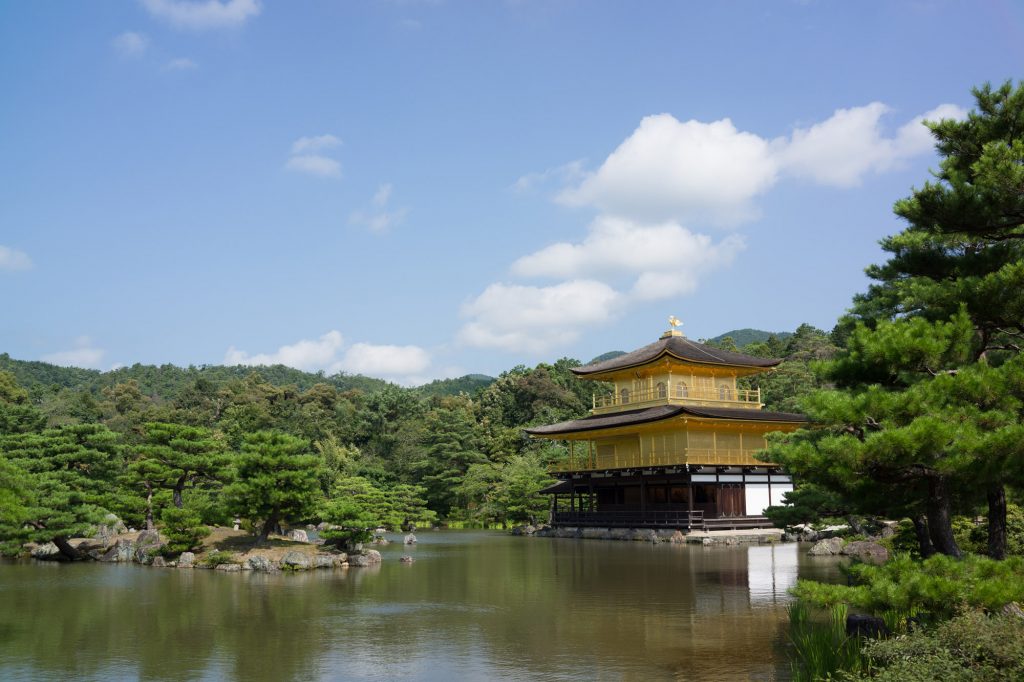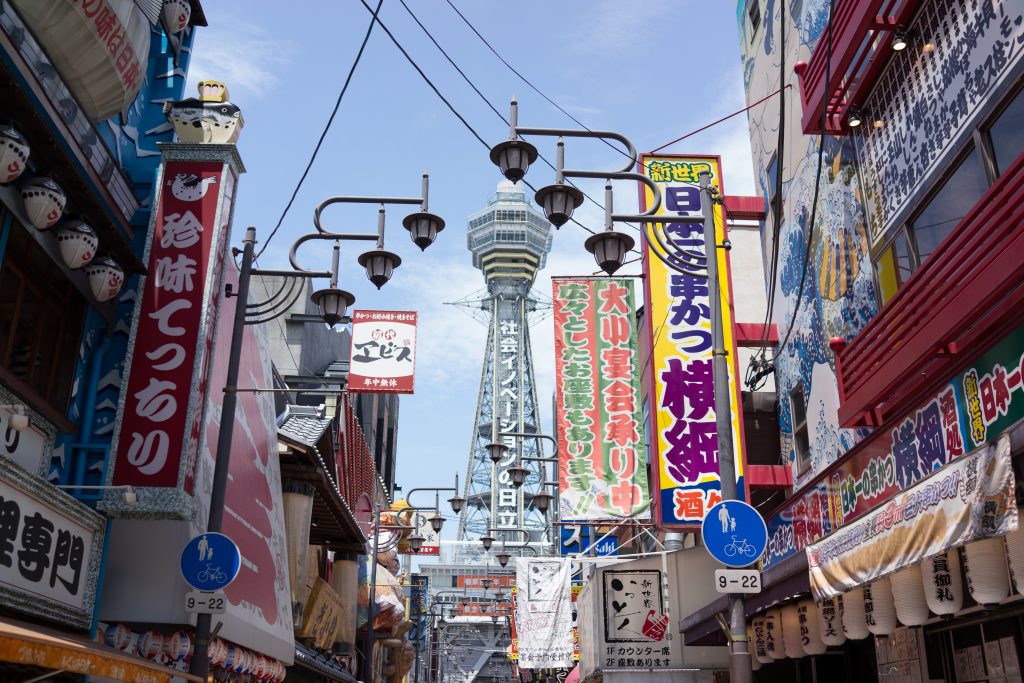A Fashion & Lifestyle blog by Tobi.com, featuring fashion inspiration, beauty tips & tricks, travel guides, delicious recipes, fitness & health routines and more!
 photo by anna tiner / thetravelsketch.com
photo by anna tiner / thetravelsketch.com
 PREV
PREV

Backpacking Essentials For Your Next Big Trip
Travel Guide: 10 things you NEED to know before traveling to Japan
Ah, Japan. A country of delicious eats, quirky eccentricities, and delightfully polite residents. It’s one of the few places on earth where you’ll find dancing robots, ancient shrines, and massive shopping complexes all within a few blocks of each other. No wonder the country receives over 24 million visitors every year.
While it’s a beautifully dynamic and vibrant place to visit, it can also be difficult to navigate for first time travelers. For this Japan travel guide, we’ve compiled a list of the top tips to know before you go so you can have the best time possible in the land of the rising sun!
A country of delicious eats, quirky eccentricities, and delightfully polite residents.
-
Pick your flights carefully
Tokyo has two major airports: Haneda and Narita. As a foreigner, you’re likely to come across the latter. Narita is the city’s largest airport and serves most of the international flights running in and out of the country. Haneda, while smaller, is much closer to the city center. If you have an option, go with Haneda to save time and money on transportation.
If you’re flying in from the U.S. and have an option between a domestic carrier (i.e., United) and a Japanese carrier (i.e., ANA), choose the Japanese one! More leg-room, friendlier service, and better food (not to mention, free alcohol). -
Research the JR Pass before purchasing it
You may have heard of Japan Rail’s unlimited travel pass. Most people who travel the country swear by it, and while it can be a good deal for some, it’s not always the best choice. The JR pass is expensive to begin with (they start at around $260 for a 7-day ticket) and if you don’t plan on traveling long distances between cities in a short amount of time, you might end up spending more than necessary. Make sure to research the true cost of your itinerary before making any decisions.
-
Purchase a WiFi or data plan
Japan’s famously efficient transportation network will be of little use to you if you don’t know where you’re going. Despite its reputation for being a technological mecca, free public wifi can be difficult to find, even in Tokyo. Having internet access on the go is essential to navigating cities, and even more so if you plan on visiting rural districts. Make sure you pick up a pocket wifi or data SIM when you arrive at the airport!
-
Get a Pasmo or Suica card
There are several brands of prepaid cards available to use for transportation. For a small fee, you can purchase your own card and use it on the metro, trains, buses, and even vending machines. It’s much more efficient than purchasing individual tickets every time you go somewhere. Both Pasmo and Suica can be used in Tokyo, but may not work in other cities, so make sure to choose the one that best fits your itinerary.
-
Download Hyperdia and Google Translate
Hyperdia is a transportation app that offers routes and timetables of the train and metro systems in Japan. It’s incredibly accurate and gives you the option to search by JR trains, bullet trains, and so on. Google Translate is also helpful if your Japanese is limited. There’s a camera feature available that translates characters, and you can download the entire language pack for offline use.
-
Have a plan for accessing money
Japan is largely a cash based society. Most restaurants and stores don’t take debit or credit cards, so plan on bringing and carrying more cash than you might be used to back home. Keep in mind that smaller denominations are coins (¥500 yen and below), so you might want to consider bringing a coin purse as well.
It’s also important to note that many ATMs don’t accept foreign cards. One of the only ATM brands that will accept them is Seven Bank, which can be found in nearly every 7-Eleven. Consider signing up for a card that reimburses ATM fees before you go, like Charles Schwab. -
Know your slipper etiquette
You’re expected to remove your shoes before entering a home, and sometimes even a restaurant. Most places have slippers available for you to change into. You can wear these around the house, but you’ll need to remove them before stepping onto a tatami mat area. If you go to the restroom, change into separate waterproof slippers if provided.
-
Remember not to tip
Tipping is not customary, and can even be considered rude. The cost of food and service is all-inclusive. The closest thing that the Japanese have to a tipping culture is a table charge at some yakitori restaurants and izakaya (the Japanese equivalent to a gastropub), so watch out for this if you plan on eating at one.
-
Know what to do with your luggage
Tokyo is both sprawling in size and dense in population, making it inconvenient to lug a suitcase around all day. There are lockers available in nearly all major metro stations and large attractions. If you’re traveling between cities and want to avoid squeezing your luggage onto a train car, you also have the option of using a luggage transport service. Schedule this a few days in advance and you’ll be able to drop off your bags in your departure city and have them waiting for you at your new accommodation!
-
Make sure to plan ahead
While the thought of landing in a new city with nothing but a healthy spirit of adventure can be enticing, Japan is not a great country to approach spontaneously. It can be quite expensive, and if you’re going during the spring (sakura season), the most desirable accommodation will be taken months ahead of time. There are also many festivals in the summer that you might want to plan your trip around. If you’re interested in visiting the Studio Ghibli Museum, you’ll have to plan in advance. Tickets sell out fast and need to be purchased three months ahead of time!
Full speed ahead on your adventures in Japan! With all of this planning out of the way, you can rest assured that your trip can go without a hitch.









